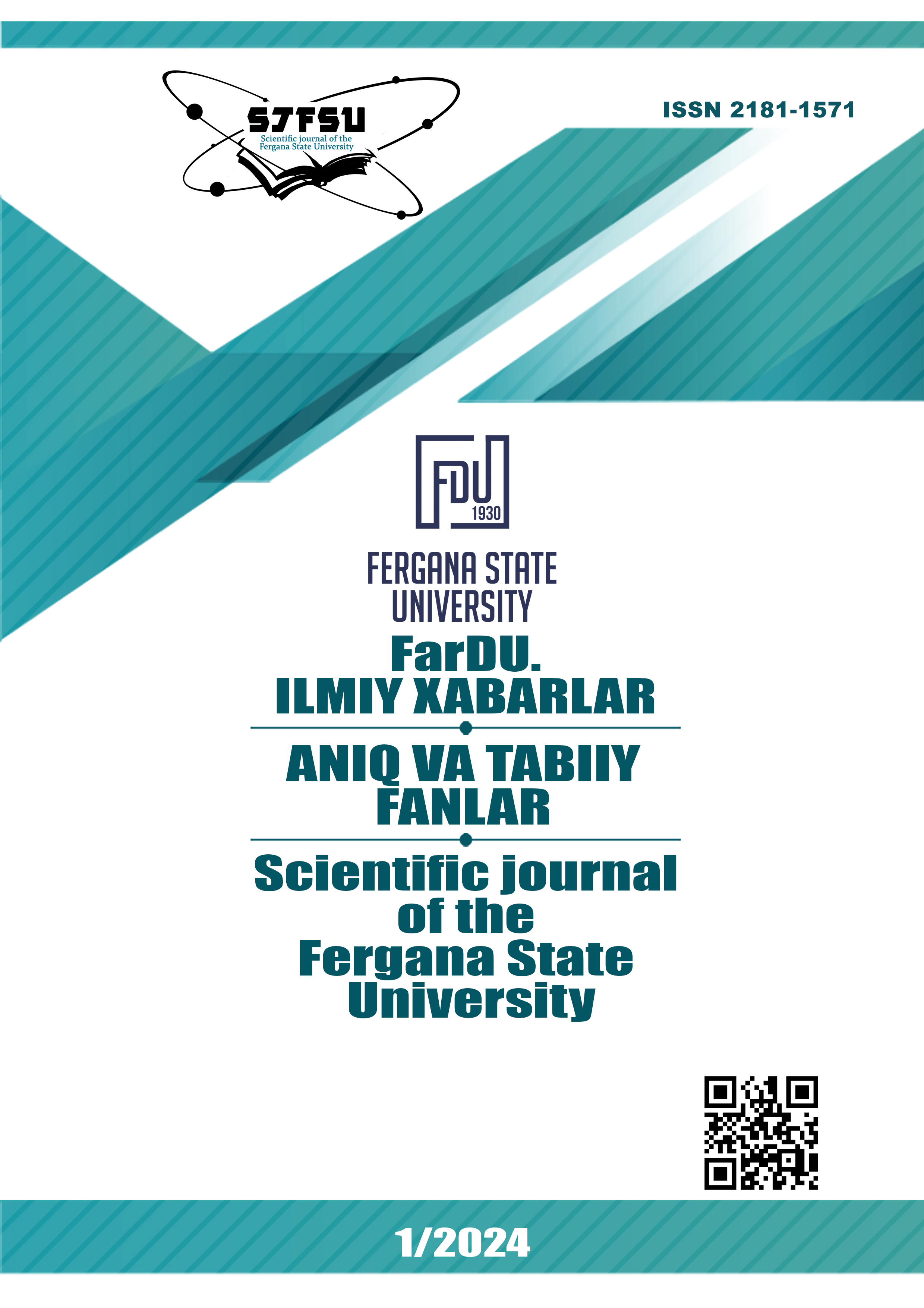INTERPRETATION OF EUPHEMISMS USED IN SOCIAL LIFE
Keywords:
social life, society, communication, taboo words, daily communication, pragmatic, sociolinguistic approach, cultural meaning.Abstract
Speakers of different languages commonly use euphemisms to lessen the impact of ideas that might offend people or create social criticism. The media has been using euphemisms more frequently these days, and new, contentious euphemisms have also emerged. This article is also aimed at determining how necessary euphemisms are in people's lives and everyday life, in which the analysis of euphemisms that people use on a daily basis is carried out. We know that people are in constant communication in society. They show their signs and relations through language. In addition, they react to events positively or negatively in the society. People unknowingly use emoticons during communication. During this research, we found such expressions and analyzed them from the semantic, sociological, cultural and pragmatic points of view.
References
Al-Shawi, Muna Ahmad. "Translating euphemisms: Theory and application". Journal of American Arabic Academy for Sciences and Technology 4.8 (2013): 123-132.
Bowers JS, Pleydell-Pearce CW (2011) Swearing, Euphemisms, and Linguistic Relativity. PLoS ONE 6(7): e22341. https://doi.org/10.1371/journal.pone.0022341
Hojati, Alireza. "A Study of Euphemisms in the Context of English-speaking Media". International Journal of Linguistics 4.4 (2012): 552.
Hojati, Alireza. "A Study of Euphemisms in the Context of English-speaking Media". International Journal of Linguistics 4.4 (2012): 552.
Lacone, S. Write to the Point: How to Communicate in Business With Style and Purpose. The United States of America: Career Press. 2003. –P.60.
Pavlenko, A. (2006). Bilingual minds: emotional experience, expression and representation. Toronto: Multilingual Matters. p. 260.
Roe, B., Burns, P., & Smith, S. Teaching Reading in Today’s Elementary Schools. The United States of America: Cengage Learning.2003.
Waljinah, Sri, et al. "The study of euphemism in social media: Digital technology-based learning media innovation". International Journal of Innovation, Creativity and Change 12.2 (2020): 172-184.
Downloads
Published
Issue
Section
License
Copyright (c) 2024 Scientific journal of the Fergana State University

This work is licensed under a Creative Commons Attribution-NonCommercial-NoDerivatives 4.0 International License.

